Normal Letter Recognition Worksheets for Ages 3-6 - Page 4
78 filtered results
-
From - To
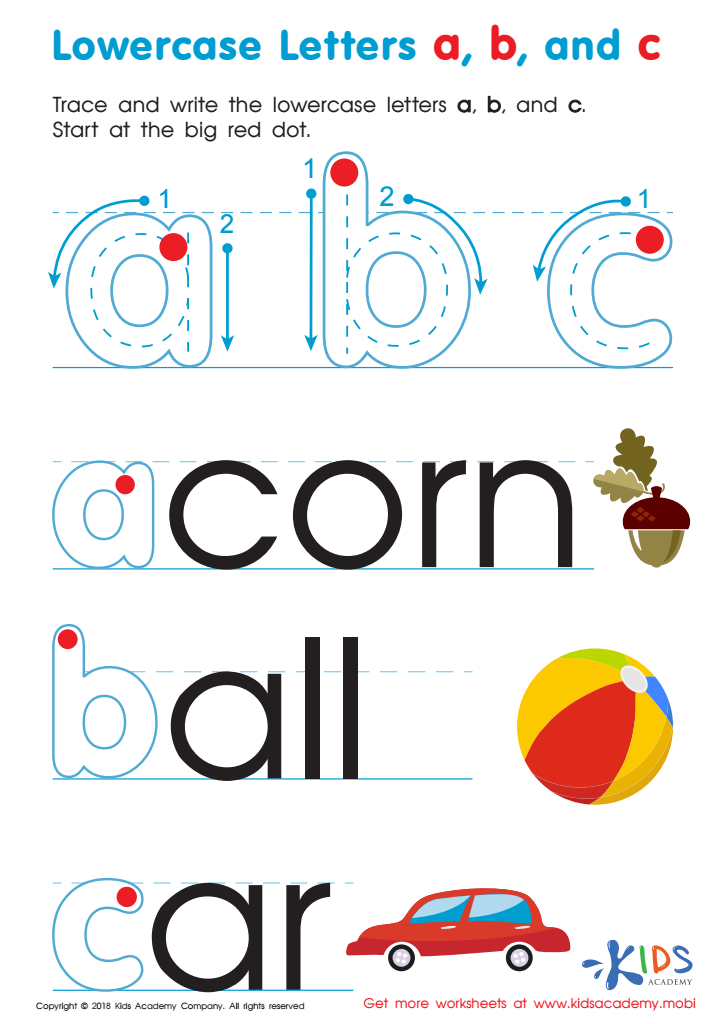

Lowercase Letters a b c Worksheet
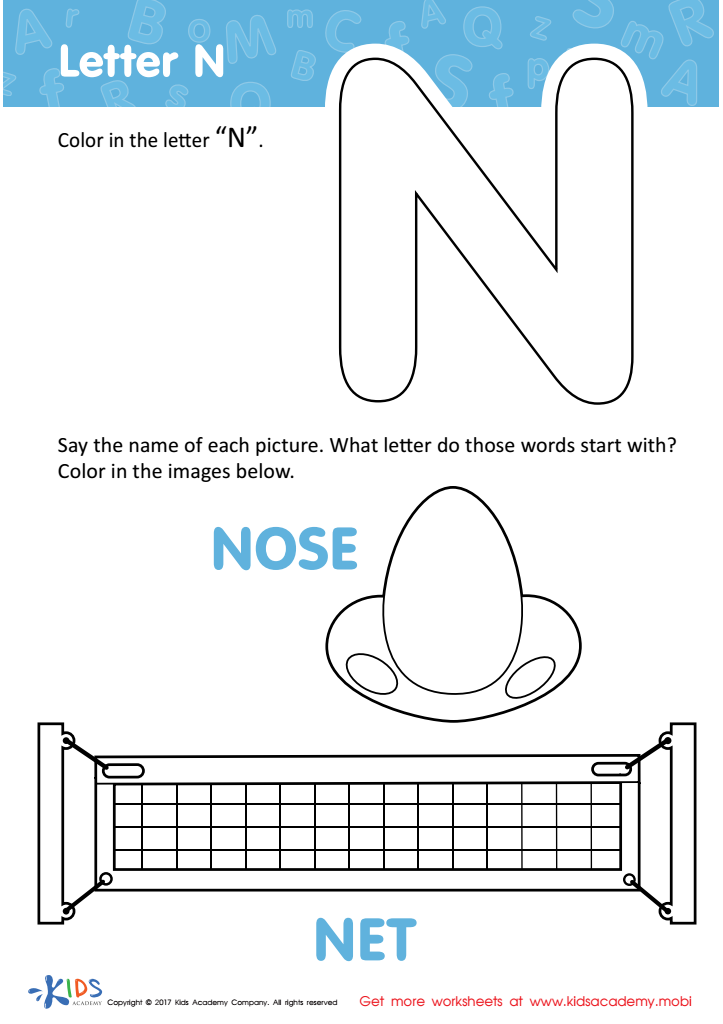

Letter N Coloring Sheet
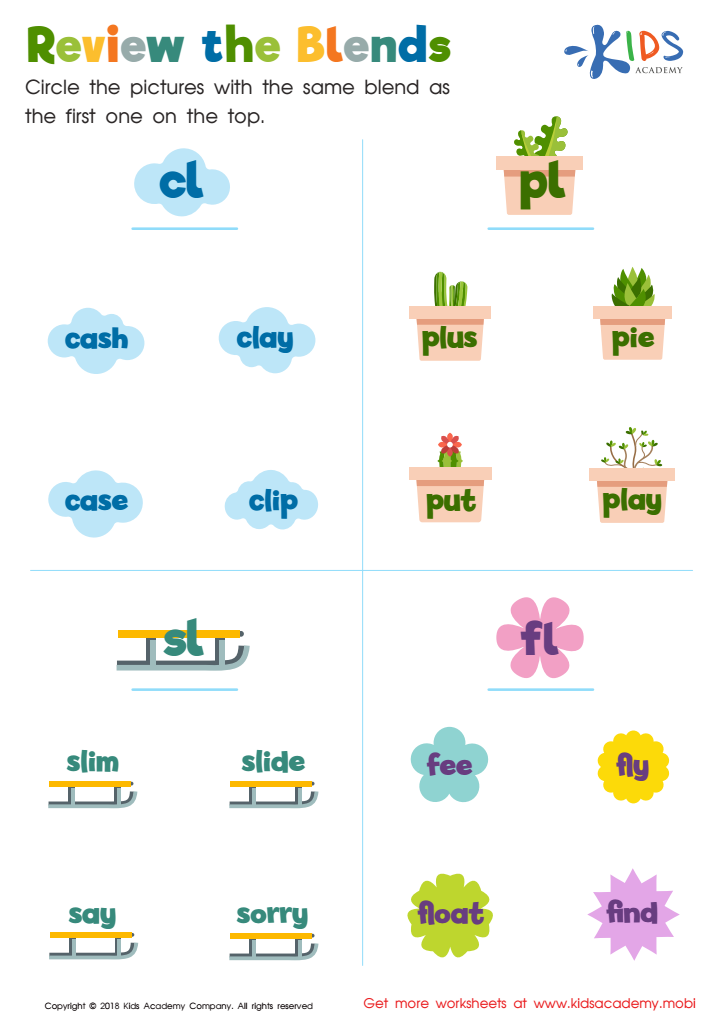

Review the Blends Worksheet


Letter D Tracing Page
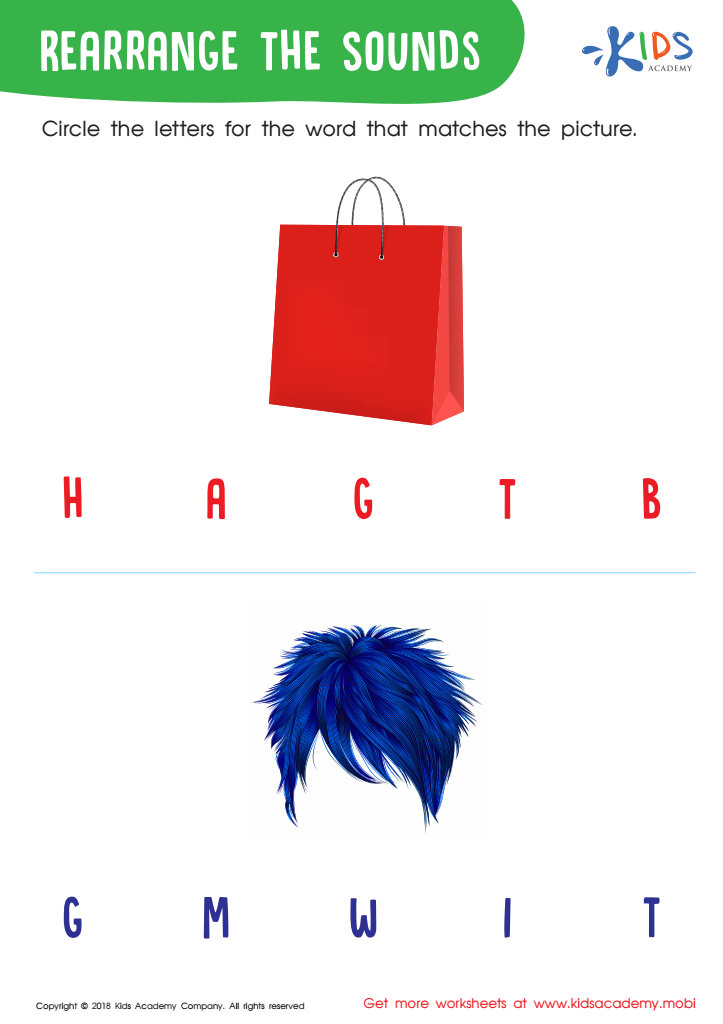

Rearrange the Sounds Worksheet
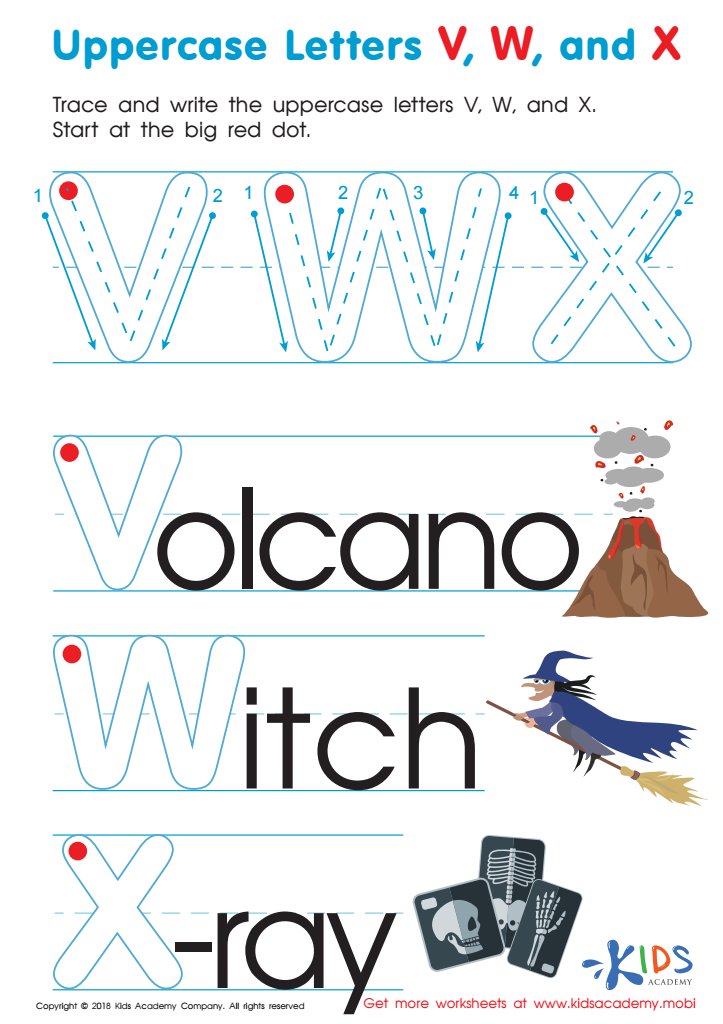

Uppercase Letters V, W, and X Worksheet
Normal letter recognition is a crucial skill for children aged 3-6 as it serves as the foundation for literacy development. This period is when young learners start to engage with the written language, making recognition of letters essential for their future reading and writing abilities. Parents and teachers play a vital role in fostering this skill by creating a supportive environment that encourages early literacy.
Understanding letter recognition helps children identify letters, distinguish between them, and grasp their sounds, setting the stage for phonics and word formation. Proficient letter recognition enhances children's confidence and eagerness to participate in reading activities, promoting a positive association with literacy from an early age. Furthermore, research indicates a strong correlation between early letter recognition and later academic success, highlighting its long-term importance.
Additionally, engaging in letter recognition activities fosters critical thinking, memory skills, and fine motor development. By prioritizing this aspect of learning, parents and teachers can empower children to become enthusiastic readers and lifelong learners. Supporting their kids in mastering letter recognition cultivates a love for language and lays a robust educational foundation that will benefit them in their academic journey and beyond.
 Assign to My Students
Assign to My Students















